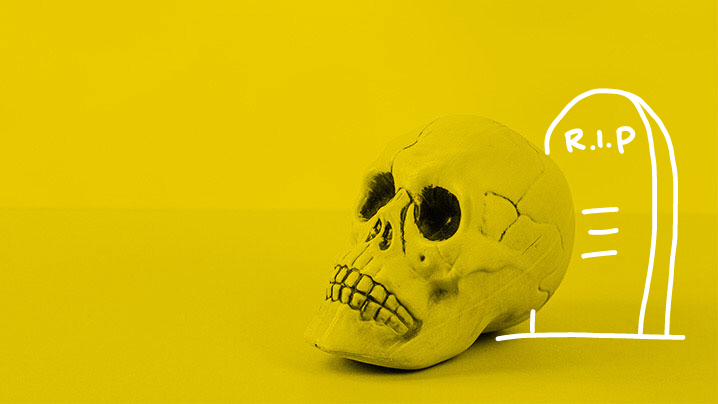What is a dead tooth anyway?
Well, a dead tooth means that there is no longer any blood flow to it. The two main causes of a dead tooth are decay or trauma. Decay can eventually penetrate into the deeper layers, and if left untreated, pulp pressure will increase until blood supply is cut off. Similarly, if there is a sports injury or fall, blood supply may also be cut off. And once a tooth becomes dead, it is important to receive proper treatment before it becomes infected or affects the jaw and other teeth.
The tricky part is, a dead tooth is not always easy to identify just by looking at it. That’s why it’s important to visit your dentist for a proper diagnosis.
However, dead tooth signs can include:
• Pain
• Change in Color (Yellow, Gray or Slightly Black)
• Swelling
• Odor
• A Bad Taste in The Mouth
• Abscess at The Gum Line
Early treatment for a dead tooth is critical, even if there is no pain present. A common treatment for a dead tooth is a root canal, however, if the dentist is not able to repair the tooth your dentist will likely need to extract the dead tooth and then replace with an implant, partial or bridge.
The best way to prevent a dead tooth, is with good oral hygiene. This means brushing at least twice a day and daily flossing daily and visiting your dentist regularly. Also, the American Dental Association recommends to visit the dentist at least once a year to get a professional teeth cleaning. Although brushing and flossing is important, there are areas in your mouth that are difficult to clean thoroughly. During your regular check-ups, your dentist will also be able to tell if you may have a dead tooth.
If you think you may have a dead tooth, give your dentist’s office a call immediately, to see what the next step should be. Need to find a dentist near you? Check our provider search to find one in your area.

